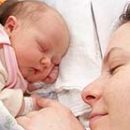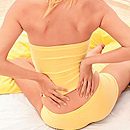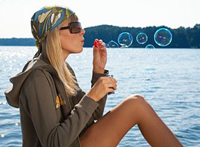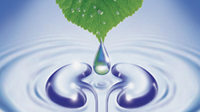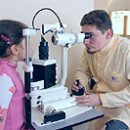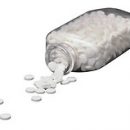What is phosphanturic diathesis? As manifests itself and how this state is treated? What kind of healing diet should be applied? Read in this article.
Content
Phosphanturic diathesis
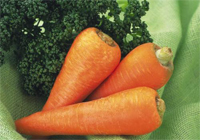 Phosphanturic diathesis (phosphaturia) is one of the most severe types of urolithiane diatestes associated with a violation of phosphorous calcium exchange in the body and accompanied by the impact of phosphates from urine. Normally, a person stands out with urine to 3 g. phosphate, with phosphatia, this quantity may increase twice. Distinguish true and false phosphatia. With true phosphaturia, there is a significant increase in the amount of phosphatess allocated with urine — calcium salts, with false phosphaturia phosphates fall into the urinary ways without increasing their allocation with urine.
Phosphanturic diathesis (phosphaturia) is one of the most severe types of urolithiane diatestes associated with a violation of phosphorous calcium exchange in the body and accompanied by the impact of phosphates from urine. Normally, a person stands out with urine to 3 g. phosphate, with phosphatia, this quantity may increase twice. Distinguish true and false phosphatia. With true phosphaturia, there is a significant increase in the amount of phosphatess allocated with urine — calcium salts, with false phosphaturia phosphates fall into the urinary ways without increasing their allocation with urine.
Phosphatia — General systemic disease, in the origin of which violations of the respective brain centers of salt metabolism play a paramount role. Failure of phosphates in the urine is a consequence of urine impairment and a change in the reaction of urine from sour into alkaline. Extremely stable alkaline urine reaction — Very characteristic phenomenon for phosphanturic diathesis.
In patients with phosphantia, there is an intensive muddy urine, containing a significant number of phosphate salts and reminded in appearance diluted milk. Phosphautour often accompanizes the ulcer of the stomach and duodenum, chronic gastritis with increased acidity of gastric juice, diabetes mellitus and row of other diseases. Such phosphaturia is secondary, in contrast to the primary, existing as an independent disease.
For phosphautour, the frequent formation of loose, easily scattered stones.
Secondary phosphaturia may occur with ulcerative disease, gastritis with increased gastric secretion, pulmonary tuberculosis, diabetes, bronchiectatic disease.
Healing nutrition for phosphatoria
Therapeutic nutrition is aimed at changing the urine reaction into the acidic side, decreased by kidney removal of calcium salts and reduce their concentration in the urine, reducing the excitability of the nervous system and braking the gastric secretion.
The energy value of the diet must correspond to the body's energy consumption and to be covered due to the optimal number of proteins, fats and carbohydrates. The introduction of an increased amount of retinol (vitamin A) and the physiological norm of other vitamins is shown. Retinol has a favorable effect on urinary tract cells and warns the formation of stones.
Reducing the concentration of calcium salts in the urine is achieved by increasing the diurea and removal of removal with urine calcium. The increase in diuresis is ensured by the use of increased amount of fluid (up to 2—2.5 l) and salt restriction (up to 8—10 g), which promotes fluid delay in the body. In order to reduce the removal of calcium with urine, it is necessary to limit the use of products rich in calcium (milk, cottage cheese, cheese, cocoa, eggs).
The shear of the urine reaction in the acidic side contributes to the limitation in the diet of products rich in alkaline metals (vegetables, fruits), and the inclusion of products rich in acid radicals (meat, fish, flour, cereal dishes, and others.). In this regard, vegetables, poor calcium and alkaline metals (pumpkin, legumes, Brussels, asparagus), as well as containing sour metals (red currant, lingonberry, sour apples) are permitted in a limited amount.
The inclusion in the diet of vegetables and fruits allows you to provide the body by many vitamins and salts of potassium contributing to the diuresis.
As an additional source of vitamins (Retinol, Ergocalciferols, groups B, etc.) The yeast, fish oil, butter, bran bread are recommended.
In order to shift urine reaction to the acidic side, use is recommended «Dolomite» Narzan.
Excludes: Products contributing to the excitation of the nervous system and stimulating gastric secretion (alcoholic beverages, sharp snacks, fish and meat broths, jelly, natural coffee, cocoa, spices, bread kvass).

